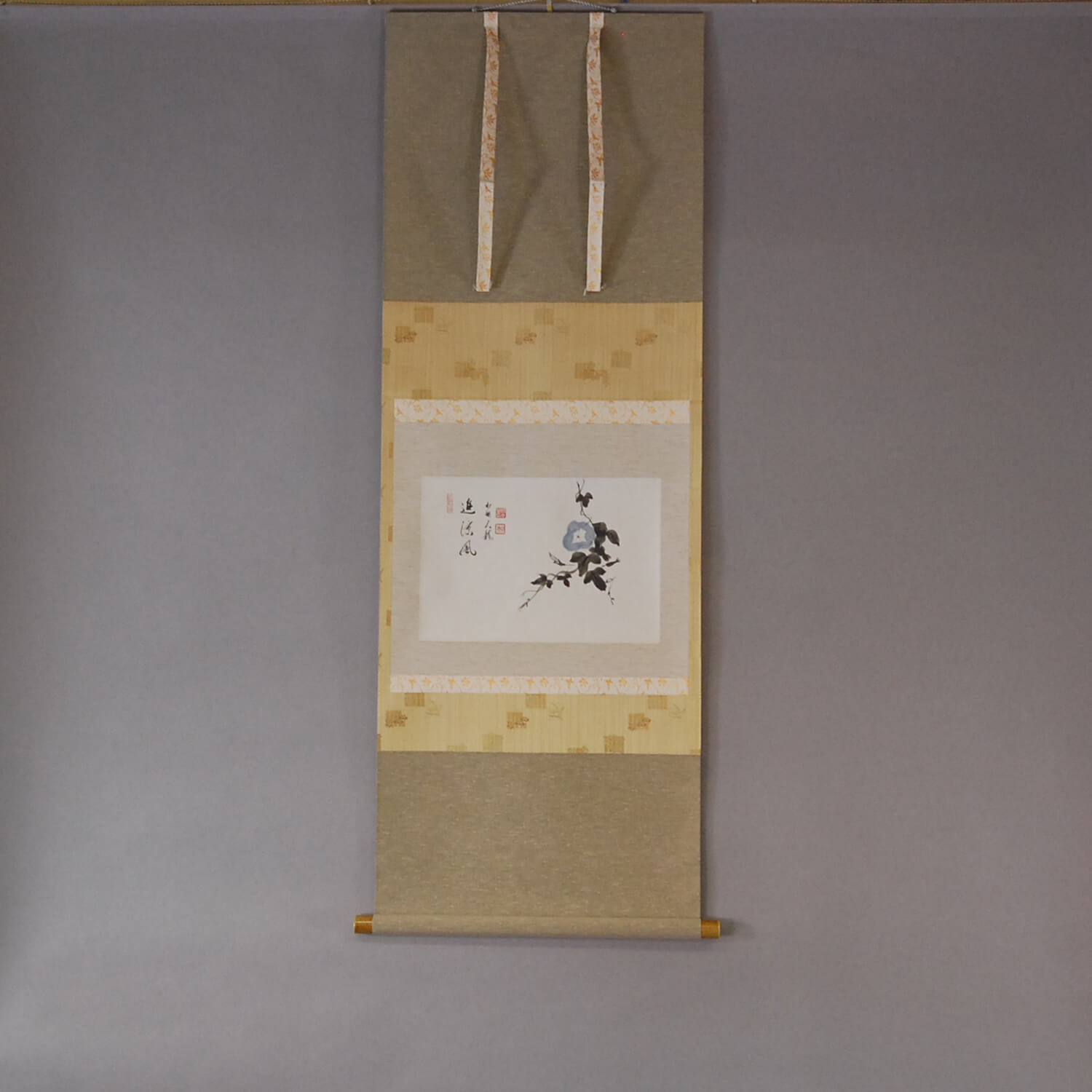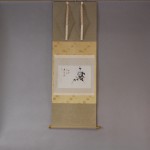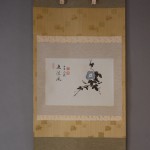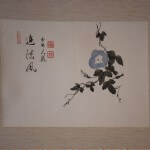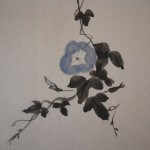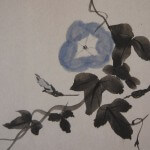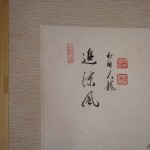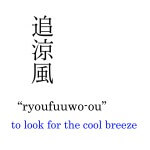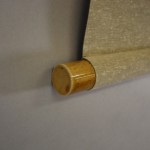Products Lineup
News / Blog
Other Menus
Kakejiku Hanging Scroll: Morning Glories / Arima Raitei - Asagao: Ryōfū-wo-ou
- Product ID
- 0077
- Name
- Raitei Arima
- Profile
Born: 1933. The chief abbot of the Shōkoku-ji Temple School of the Rinzai sect.
- Size
- 540mm x 1415mm
- Roller End Material
- Ceramic
- Material of the Work
- Japanese paper
- Price
- JPY 170,000
- Stock Condition
- In stock
- Payment: Click the Paypal Mark
- Duty and Taxes
Import duty and taxes are beyond our control and may apply to your shipment. Please noted that these fees are the responsibility of the buyer.
- Description
Arima Raitei is one of the representative monks of Kyoto and an art collector. He is the director of the Jōtenkaku Museum. The Jōtenkaku Museum is an art museum located in Kyoto City, Kyoto Prefecture. The Jōtenkaku Museum was built at the side of Reihō-den Hall of the Shōkoku-ji Temple in 1984 as part of the project commemorating the 600th anniversary of the founding of the Shōkoku-ji Temple. It stores and exhibits Cultural Properties (five National Treasures and 136 National Important Cultural Properties) including writings, paintings, and handicrafts owned by the Shōkoku-ji Temple, the Rokuon-ji Temple (Kinkaku-ji Temple) and the Jishō-ji Temple (Ginkaku-ji Temple) that are affiliated with the Shōkoku-ji School of the Rinzai Zen sect. Also, Manno Museum (Osaka City), which closed in 2004, donated approximately 200 National Treasures and Important Cultural Properties to Jōtenkaku Museum. It had reconstruction in commemoration of the 600th anniversary of the death of Ashikaga Yoshimitsu, the founder of the Shōkoku-ji Temple, and all sections were reopened on May 13, 2007. The exhibition area was doubled in size, making it possible to permanently exhibit many items {including all fifty faces of “Rokuon-ji Ōsho-in Shōhekiga” (Wall painting in Ōsho-in Room of Rokuon-ji Temple) by Itō Jakuchū} that were not exhibited due to lack of space. This is a wonderful art museum.
Arima Raitei is closely related to this museum, so he has an experienced eye for art. It’s not too much to say that this work created by him is packed with Japanese aesthetic senses.

